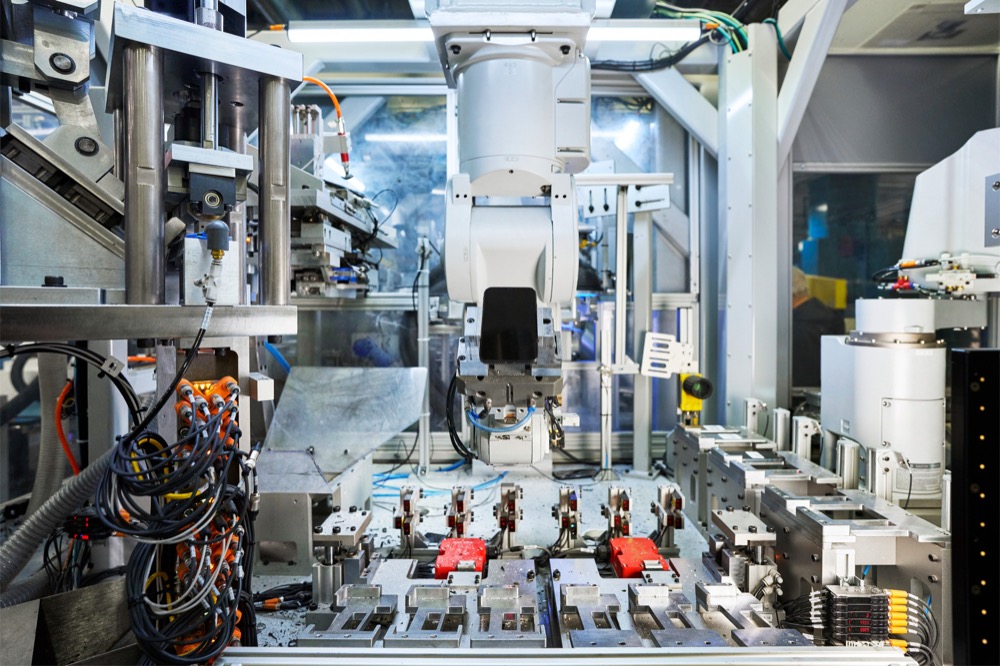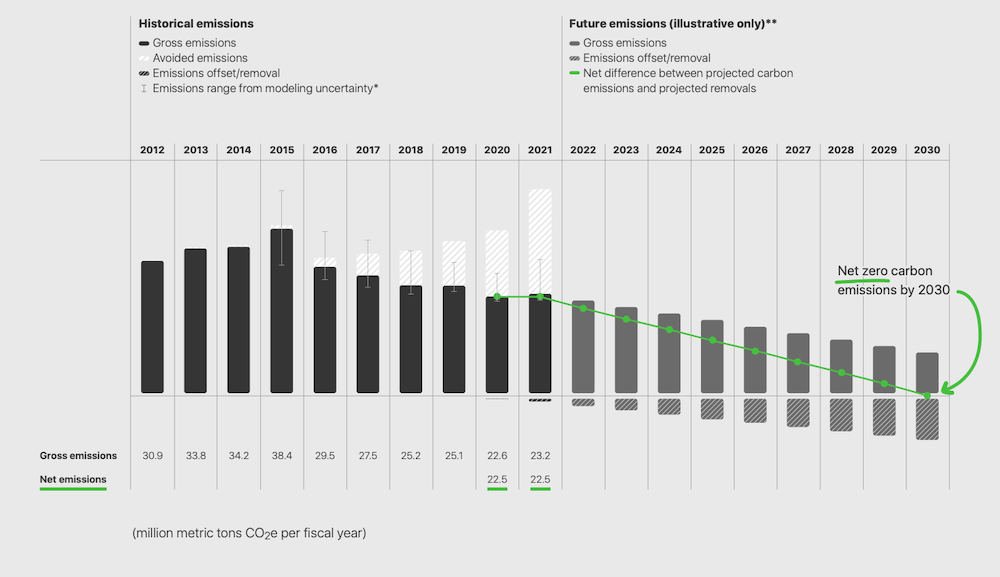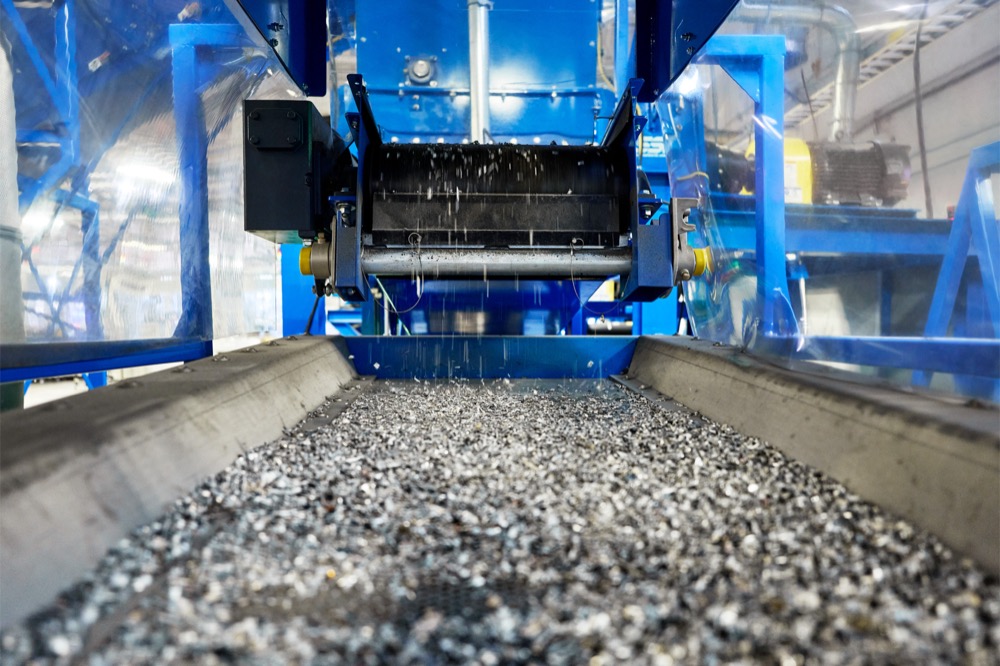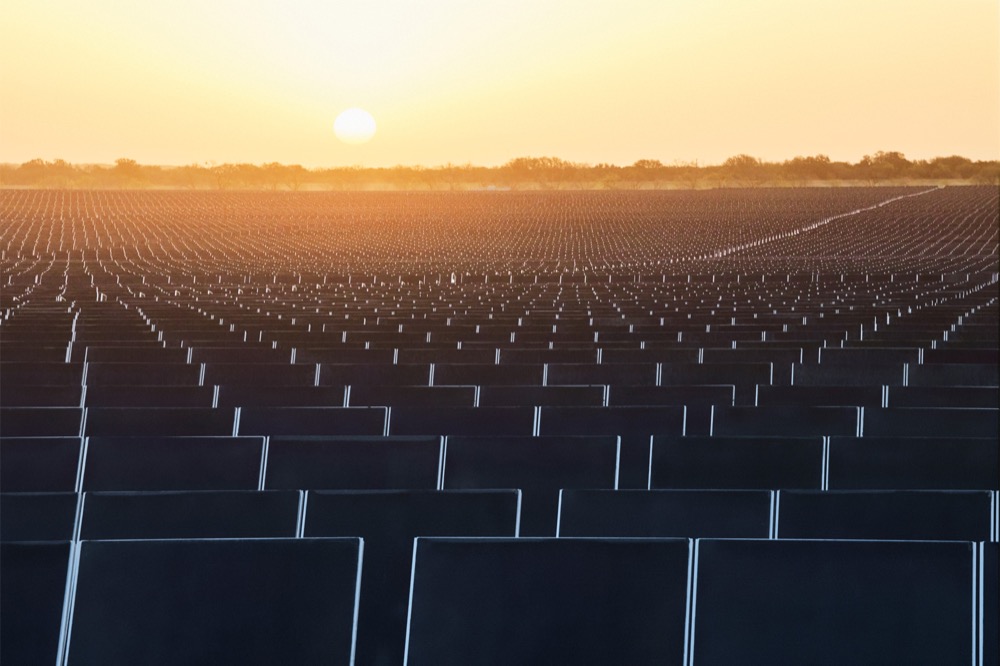Apple publishes 2022 Environmental Progress Report

Daisy the robot does its thing
Within news of its work to support Earth Day, Apple has also announced that is is expanding the use of recycled materials across its products and introduced a new disassembly technology as part of its closed-loop goal, and published its latest Environmental Progress Report.
We must save this precious planet
The company is deeply committed to achieving climate change goals.
It has invested in a decade of initiatives to improve its manufacturing processes, and while some may accuse the company of ‘green-washing’, I personally prefer those companies that at least try to meet these needs to those that engage in denial. And Apple is not in denial.
The big news – other than a fresh set of Earth Day initiatives – consists of new information on how Apple intends using recycled content across its products. For the first time, the company has introduced certified recycled gold, and more than doubled the use of recycled tungsten, rare earth elements, and cobalt in its products.
The company says that almost 20 percent of all material used in Apple products in 2021 was recycled, the highest-ever use of recycled content by the company. It announced much more about its work in its latest 2022 Environmental Progress Report.
Meet Taz the robot
The company also introduced a new recycling robot it has christened Taz, which uses new shredder-like technology to separate magnets from audio modules and recover more rare earth elements. The company has also further expanded the capabilities of its patented iPhone disassembly robot Daisy to take apart 23 models of iPhone, and will license those patents to other companies and researchers free of charge.
An additional robot, Dave, disassembles Taptic Engines, helping to recover valuable rare earth magnets, tungsten, and steel.
“As people around the world join in celebrating Earth Day, we are making real progress in our work to address the climate crisis and to one day make our products without taking anything from the earth,” said Lisa Jackson, Apple’s vice president of Environment, Policy, and Social Initiatives.

This important graph shows how Apple has managed to cut emissions even while sales spiked.
Stats and Facts
Just as it did last year, Apple’s latest Environmental Progress Report reveals a host of interesting statistics, including the following:
- In 2021, 59 percent of all the aluminum Apple shipped in its products came from recycled sources, with many products featuring 100 percent recycled aluminum in the enclosure.
- Plastics accounted for just 4 percent of packaging in 2021. Since 2015, Apple has reduced plastic in its packaging by 75 percent.
- Apple products in 2021 included: 45 percent certified recycled rare earth elements, a significant increase since Apple introduced recycled rare earth elements in its devices.
- Apple products in 2021 carried 30 percent certified recycled tin, with all new iPhone, iPad, AirPods, and Mac devices featuring 100 percent recycled tin in the solder of their main logic boards.
- In 2021 13 percent certified recycled cobalt, used in iPhone batteries that can be disassembled by Apple’s recycling robot Daisy and returned to market.

More about recycling
- Certified recycled gold, featured — for the first time in any Apple product — in the plating of the main logic board and wire in the front camera and the rear cameras of iPhone 13 and iPhone 13 Pro. To achieve this milestone, Apple pioneered industry-leading levels of traceability to build a gold supply chain of exclusively recycled content.
- From just one metric ton of iPhone components taken apart by Apple’s recycling robots, recyclers can recover the amount of gold and copper companies would typically extract from 2,000 metric tons of mined rock.
- In 2021, Apple sent 12.2 million devices and accessories to new owners for reuse, extending their lifetime and reducing the need for future mining.
- Ultimately, Apple aims to use only renewable or recyclable materials in its products — a goal announced in 2017 that has charted the company’s pathway on design and material sourcing.

In a year when many other companies saw large increases in their footprints and the company’s revenue grew 33 percent, Apple’s net emissions remained flat. Apple has been carbon neutral for its global operations since 2020, and has relied on 100 percent renewable energy to power its offices, stores, and data centers since 2018.
Apple recently announced that its suppliers more than doubled their use of clean power over the last year, with over 10 gigawatts operational out of nearly 16 gigawatts in total commitments in the coming years.
Please follow me on Twitter, or join me in the AppleHolic’s bar & grill and Apple Discussions groups on MeWe.




